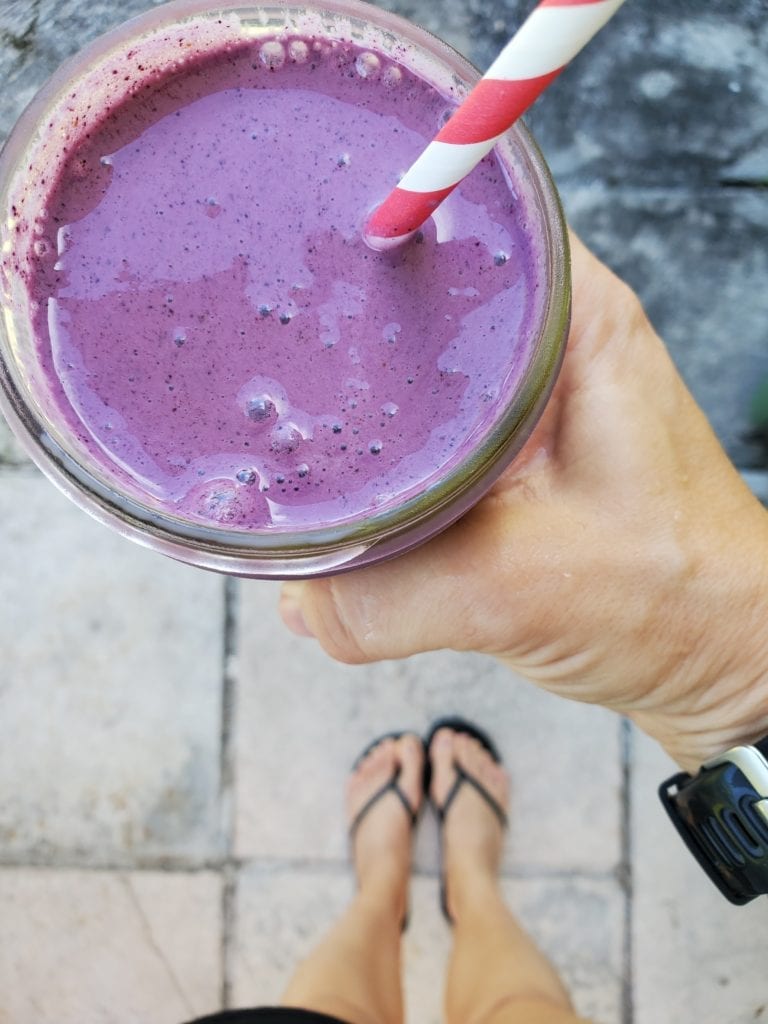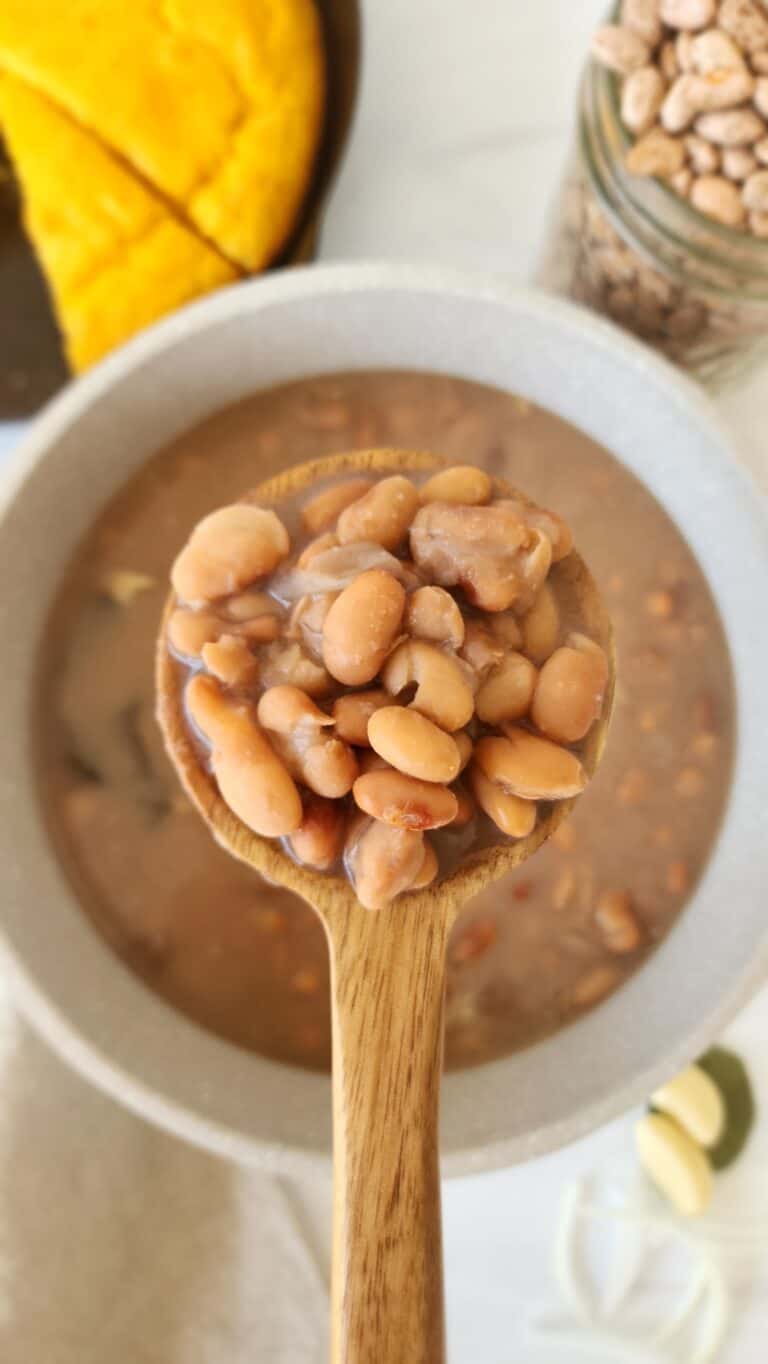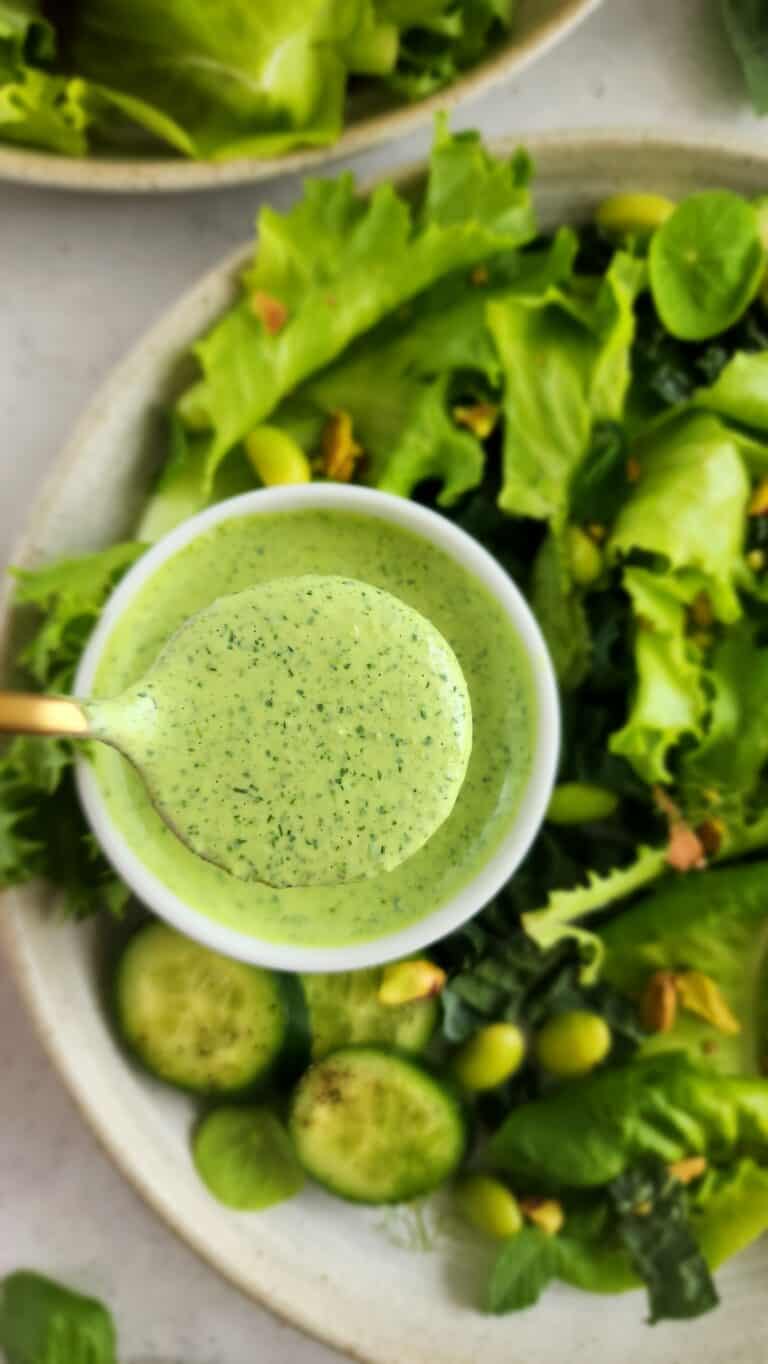Beyond the Buzz. Is what you’ve heard true…or just new?
With so much information – and misinformation – out there, it’s hard to know what to believe. Nutrition information is passed along through the media, from friends, the internet, and even some health professionals. What is true or what is based on flawed data? What is exploited by the food industry (they are trying to make a profit let’s not forget). Here’s the truth about some of the foods that you eat.
Can Sugar Harm Your Heart?
The U.S. government recently came out with new dietary guidelines to withdraw longstanding warnings about cholesterol. There was much news about the “incredible edible egg” and I can’t tell you how times this question was asked in my nutrition classes, “So really, how many eggs can I eat in a day?” What people seem to forget is that the warnings weren’t dropped from foods such as meat, butter, and other foods that raise cholesterol. The warnings were not about foods, like eggs, that contain cholesterol. The actual news headlines were missed in fact. Everyone was so worried about eggs.
The actual report concluded that added sugars are linked to a higher risk not just of obesity, type 2 diabetes, and tooth decay, but of heart disease and stroke. Whoa. Why aren’t we talking about this more then?? There is a gentleman who did a film called, “The Sugar Film” who is talking about this (I need to see this movie!)
The research does suggest that over a lifetime the typical amounts of added sugar do increase your risk of cardiovascular disease and cardiovascular death. This evidence has been building for a while now. And there were two studies just recently that helped provide the proof. In a study by Kimber Stanhope at the University of California, Davis, there is direct evidence that added sugars increase risk factors for cardiovascular disease. The participants in the study drank a sugary drink with breakfast, lunch, and dinner. The drinks were made with a dose of high-fructose corn syrup equal to 0, 10, 17 ½ or 25 percent of their daily requirement. What were the results you ask?? The higher the dose, the higher the participants’ LDL “lousy” cholesterol and post-meal triglycerides. Just to put this into perspective the 10% group had the equivalence of half a can of regular soda with each meal and this was enough to raise risk factors for cardiovascular disease. ½ can of soda? Let’s be real. Sodas no longer come in cans. We’re talking 20-ounce bottles in this day and age. Remember only ½ can of soda at each meal was found to raise LDL cholesterol.
So how do sugars raise LDL and triglycerides? It’s the fructose half of table sugar, high-fructose corn syrup, and other added sugars that seem to be the culprit. “Fructose is nearly exclusively metabolized in the liver, so it doesn’t get to the rest of the body. When the liver gets overloaded, it turns some of the fructose in to fat. Some of that fat ends up in the bloodstream as triglycerides, and that eventually leads to a rise in LDL cholesterol,” explains Stanhope.
Is drinking fruit and vegetables as healthy as eating them?
Last week at work I had a professional program and I was teaching ~50 adults. I might have burst everybody’s bubble with this one. This trend of juicing and smoothies (and let’s not forget the now popular smoothie bowl) is one of the worst trends ever!! Many companies tailor their advertising to show that even if you don’t have time to eat your veggies be sure to drink them during the day (and their product can help you accomplish this goal.)
In the study conducted, for every three servings of whole fruit eaten, the risk of type 2 diabetes dropped by nearly 20%. And for each serving of green leafy vegetables eaten, the risk was linked to roughly a 10% drop in diabetes risk. And then in contrast, for each daily serving of fruit juice consumed, there was an 18% higher risk of type 2 diabetes – that being for just an 8-ounce juice. The theory is that at times people aren’t always compensating for the calories later on. It’s the same thing that happens with sugar-sweetened beverages. You have the calories at your meal and don’t pay attention to the calories in your beverage. They have to be considered as a part of the total calories for the day.
Fruit juice provides a heavy sugar load in a liquid form, therefore it has a faster absorption. With this rapid absorption it increases the insulin required to get the sugar out of your bloodstream and into your muscles. And if you are having that insulin spike regularly it might cause problems with your ability to produce enough insulin – your pancreas is on overdrive. It gets tired from repeatedly having to compensate and that’s when we begin to see problems arise. And while we are talking here about juice, please remember that smoothies are just as harmful. When you have the blade destroying the fiber, which is the benefit of chewing the fruit whole, the blade destroys the insoluble fiber of the fruit. As Robert Ludwig describes it, “the cellulose is torn to smithereens.” Yes, you still get some soluble fiber, which will help move food through the intestine faster, “but it doesn’t have the “latticework” from the insoluble fiber to help form an intestinal barrier – the sugar in the fruit will be absorbed just as fast as if the juice were strained with no fiber at all. You need both types of fiber to derive the beneficial effects.” So now you see the problem with this trend?? I know you don’t want to hear it but it’s the truth.
The Bottom Line: Eat, don’t drink, your fruits and vegetables. Even if they did just open up a juice bar across the street from your work place.
Do beans cut cholesterol?
Many companies promote their products to contain whole grains and will then in turn lower cholesterol. But what about beans? Why isn’t there more discussion on their benefits? (Yes, I know the answer to this: no $$ to promote healthy foods). And can they lower cholesterol? (Currently the only bean that has promoted this to be a benefit is the soybean).
The study took place in 2011 and people were randomly assigned to eat either legumes or an alternative food. On average, LDL “lousy” cholesterol levels were 8 points lower when they ate legumes. The serving size was just ½ cup per day! Beans are high in soluble fiber, the fiber that dissolves in water. As digestion is occurring, soluble fiber binds the bile acids in the gut which in turn keeps them from being reabsorbed into the bloodstream. The liver makes up for this loss by taking cholesterol out of the blood to make more bile acids – that lowers your LDL cholesterol. Thank you beans and soluble fiber. In most of the studies conducted the serving size again was right around ½ cup in size. That’s a lot of bang for your buck! Beans not only have soluble fiber, but they’re a good source of complex carbohydrates and protein, all of which helps in maintaining a better blood sugar level.
The bottom line: Been told to lower your LDL cholesterol level? Add beans to your daily intake – as a side dish, in a soup or salad, or even as your main dish – Meatless Monday anyone?
Does green tea prevent cancer?
This is what is quoted out there – whether it is through WebMD or Doctor Oz or Andrew Weil: “In many laboratory studies they’ve been examining green tea’s potential role in lowering risks of cancers: ovarian, breast, bladder, esophageal, and prostate cancers. More studies are needed, however, the research so far is promising. “Green tea’s high EGCG content also makes it an effective cancer fighter.” The actual truth: Many studies hunting for a lower risk of cancer in tea drinkers have come up EMPTY.
Breast: There was no lower risk in those who drank tea in regards to breast cancer. Some of the studies looked at those who drank black tea, however, there were studies with Japanese women who do drink a high quantity of green tea and there were no benefits.
Colon: In the study conducted, green tea was linked to a lower risk of colorectal cancer in Chinese women and a higher risk in Chinese men.
Prostate: The studies were conflicting. In one study there was a lower risk in Japanese men who drank 5 cups a day, however, in another study there was no link of a benefit.
There was a review of over 20 studies on various cancers (bladder, colon, esophagus, lunch, pancreas, prostate, stomach, and other organs), the conclusion: “there is insufficient and conflicting evidence to give any firm recommendations regarding green tea consumption for cancer prevention.”
The Bottom Line: Drink green tea if you like it, just not to lower your risk of cancer. And of course make sure that there’s no added sugar.
Is fiber the key to staying regular?
How many times a day do YOU use the restroom? No need to answer out loud, just something to think about J If you are having a problem in that department, fiber can help. I always tell people to go for the WHOLE food version – you can’t always believe what’s on a label – there are just TOO many added sources of fiber and the full extent of their benefit is not yet known. Fiber helps with regularity but processing can disrupt it’s natural structure – for example use wheat bran, not ground up wheat bran. Insoluble fiber is thought to be more helpful for laxation than soluble, however, some studies show that oat bran and psyllium (soluble fiber) are very effective as well in helping laxation. So soluble versus insoluble isn’t always a good predictor.
The average intake of fiber for most Americans is less than half of what’s recommended. For women 50 and under the recommendation is 25 grams of fiber (over 50, it’s 21 grams). If you’re a man under 50 you’ll need 38 grams of fiber (over 50, 30 grams). People often underestimate the amount of fiber that they’re taking in – I always tell people, log your food for a day or two – you might be surprised to see what you find.
As for all these “fiber-enhanced” products on the market? There are too few studies to have actually looked at their benefits. But many of the easily added fibers, polydextrose, inulin, and resistant starches – have minimal effects on stool weight. They may add just 1 or 2 grams of fecal matter for every gram of fiber consumed. The fiber in oats, probably produces 3 grams of fecal matter for every gram you eat. That’s right, I went there. As a marketing technique, sure I’d want to buy a product with that much fiber in it, however, when you get down to the nitty gritty, it’s not natural and doesn’t provide the benefit. And who knows how much added sugar is in some of those products, i.e. Fiber One??
The Bottom Line: Eat whole foods to receive REAL fiber. Don’t rely on packaged products enhanced with fiber to get your daily intake.
Nutrition is a science that is always evolving. Sorting out the research and separating food fact from fiction can be difficult – not to mention that new studies can always change the picture. Pay attention to reputable sources of information. And remember, if it sounds too good to be true, it probably is.







